20251HC3: IoT Pulse Oximeter

Brief Description & Functionality
Pulse oximeters measure the percentage of haemoglobin in blood that is carrying oxygen (oxygen saturation). Pulse oximeters are in common use because they are:
- Non-invasive
- Cheap to buy and use
- Can be very compact
- Detects hypoxaemia earlier than you can visually detect cyanosis.
Pulse oximetry uses light to work out oxygen saturation. Light is emitted from light sources, which goes across the pulse oximeter probe and reaches the light detector.
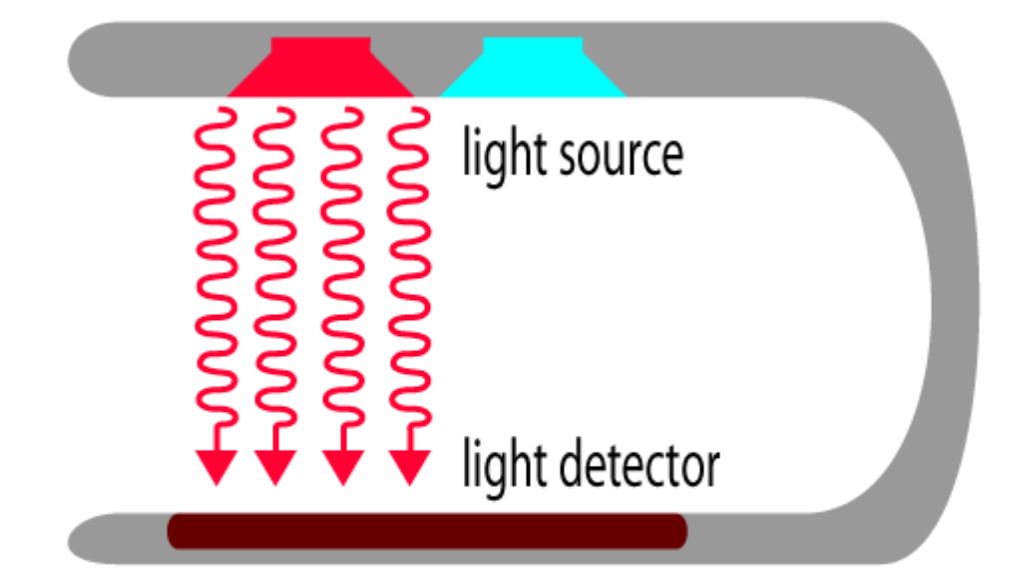
If a finger is placed between the light source and the light detector, the light must now pass through the finger to reach the detector. The finger will absorb part of the light, and the part not absorbed reaches the light detector.

The amount of light absorbed by the finger depends on several physical properties, which the pulse oximeter uses to calculate oxygen saturation.
The amount of light absorbed depends on the following:
1. Concentration of the light-absorbing substance.
2. Length of the light path in the absorbing substance
3. Oxyhemoglobin and deoxyhemoglobin absorb red and infrared light differently
The pulse oximeter determines oxygen saturation by measuring the amount of red light and infrared light absorbed by the blood. Depending on the amounts of oxy Hb and deoxy Hb present, the ratio of the amount of red light absorbed compared to the amount of infrared light absorbed changes.
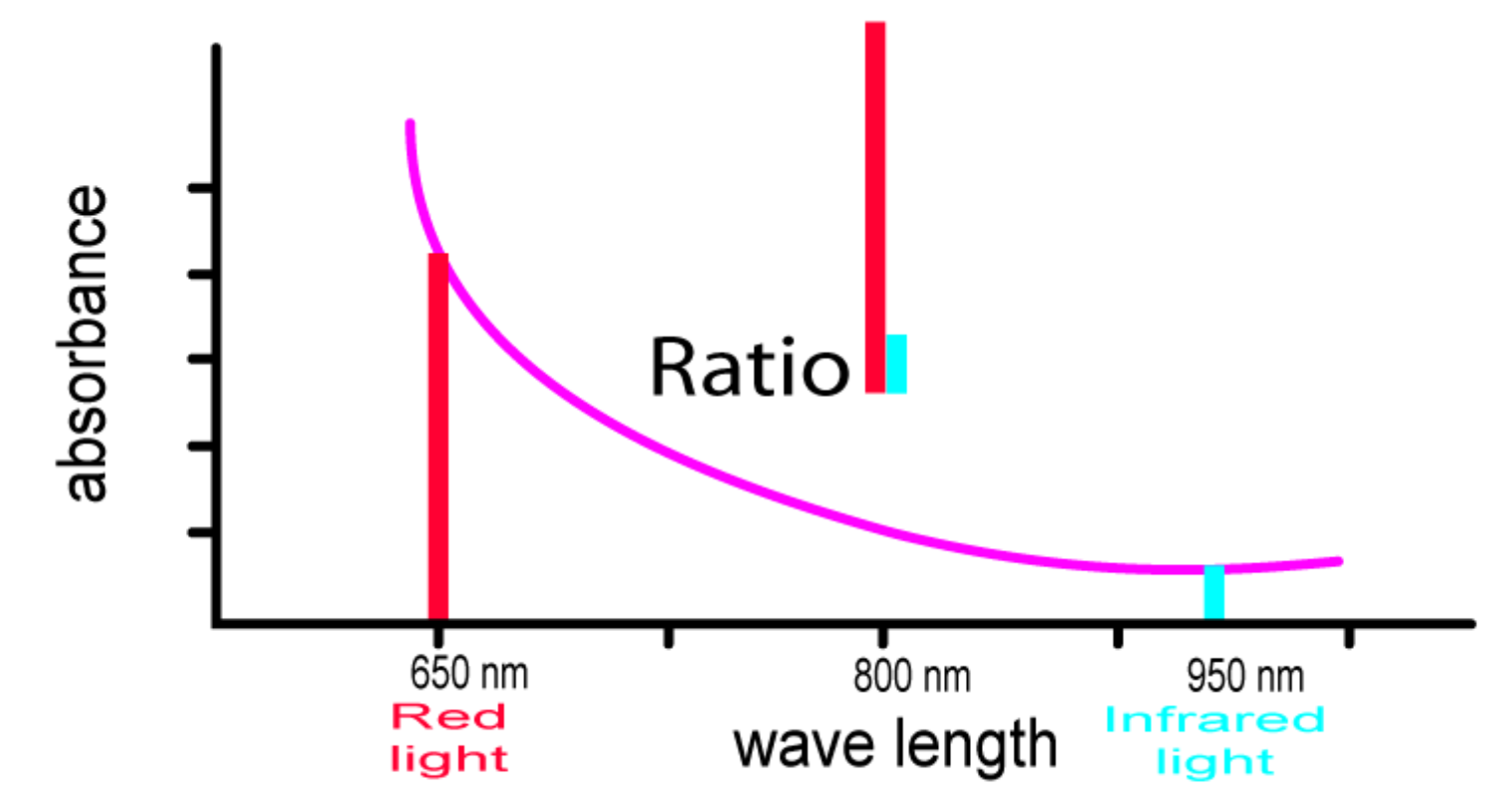
Using this ratio, the pulse oximeter can then work out the oxygen saturation.
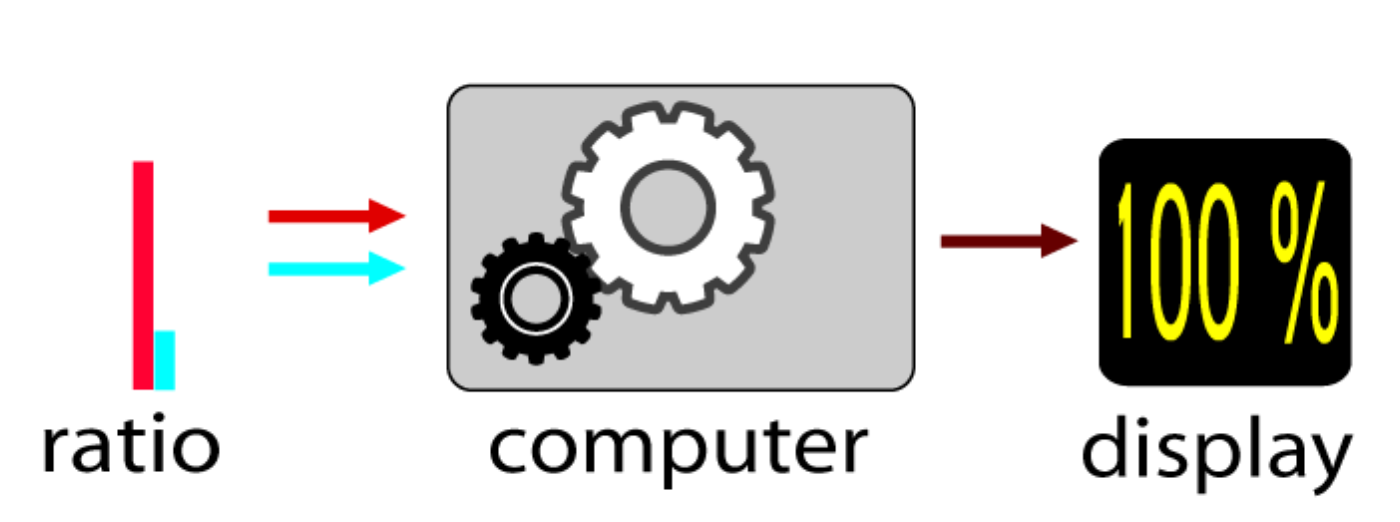
For example, at 100% saturation, the absorbance ratio (i.e., comparing how much red light and infrared light are absorbed) will be the same as that seen with the oxy Hb absorbance curve that we saw earlier.
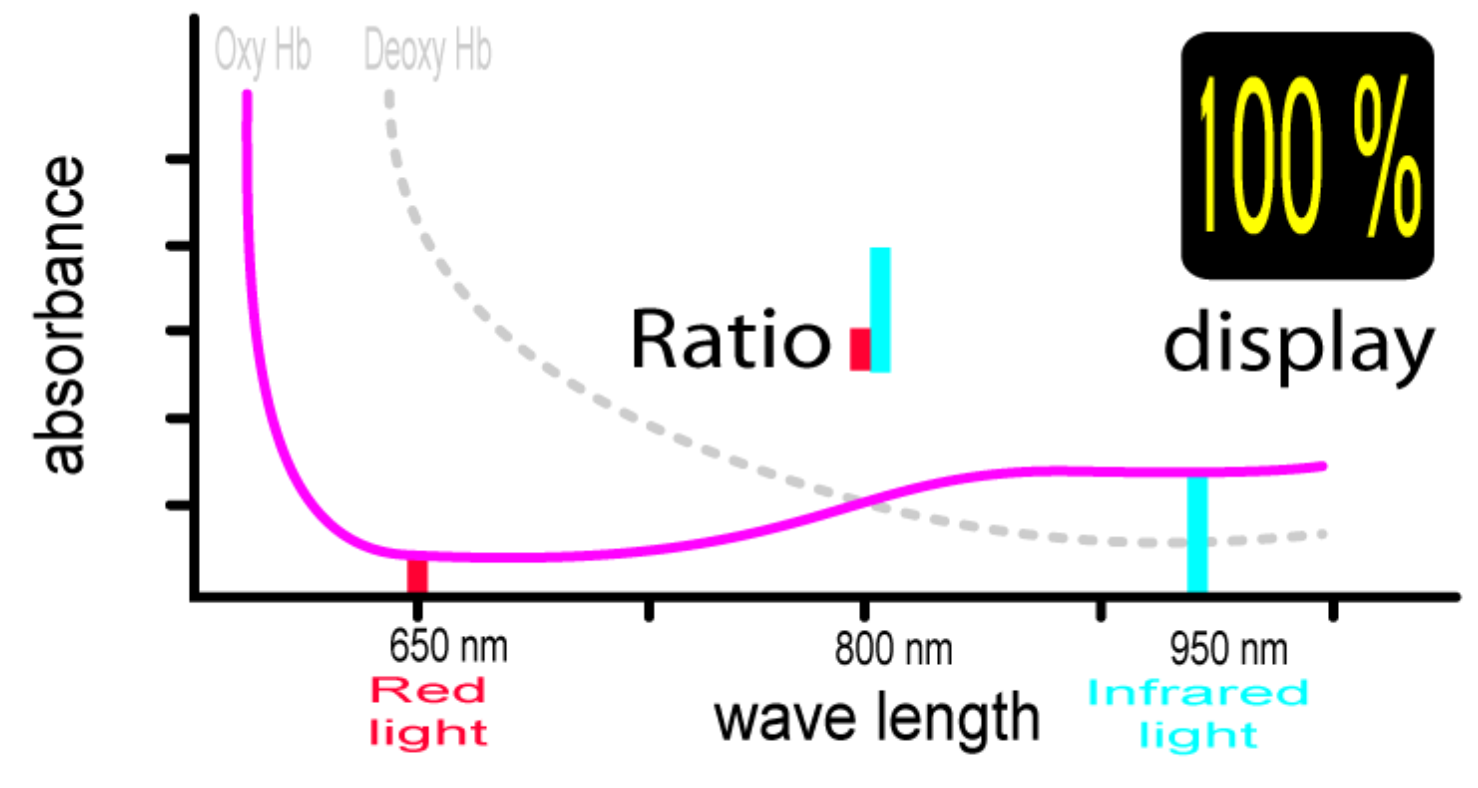
At 0 % saturation, there is only deoxy Hb. The absorbance ratio (i.e., comparing how much red light and infrared light are absorbed) will therefore be the same as that seen with the deoxy Hb absorbance curve that we saw earlier.
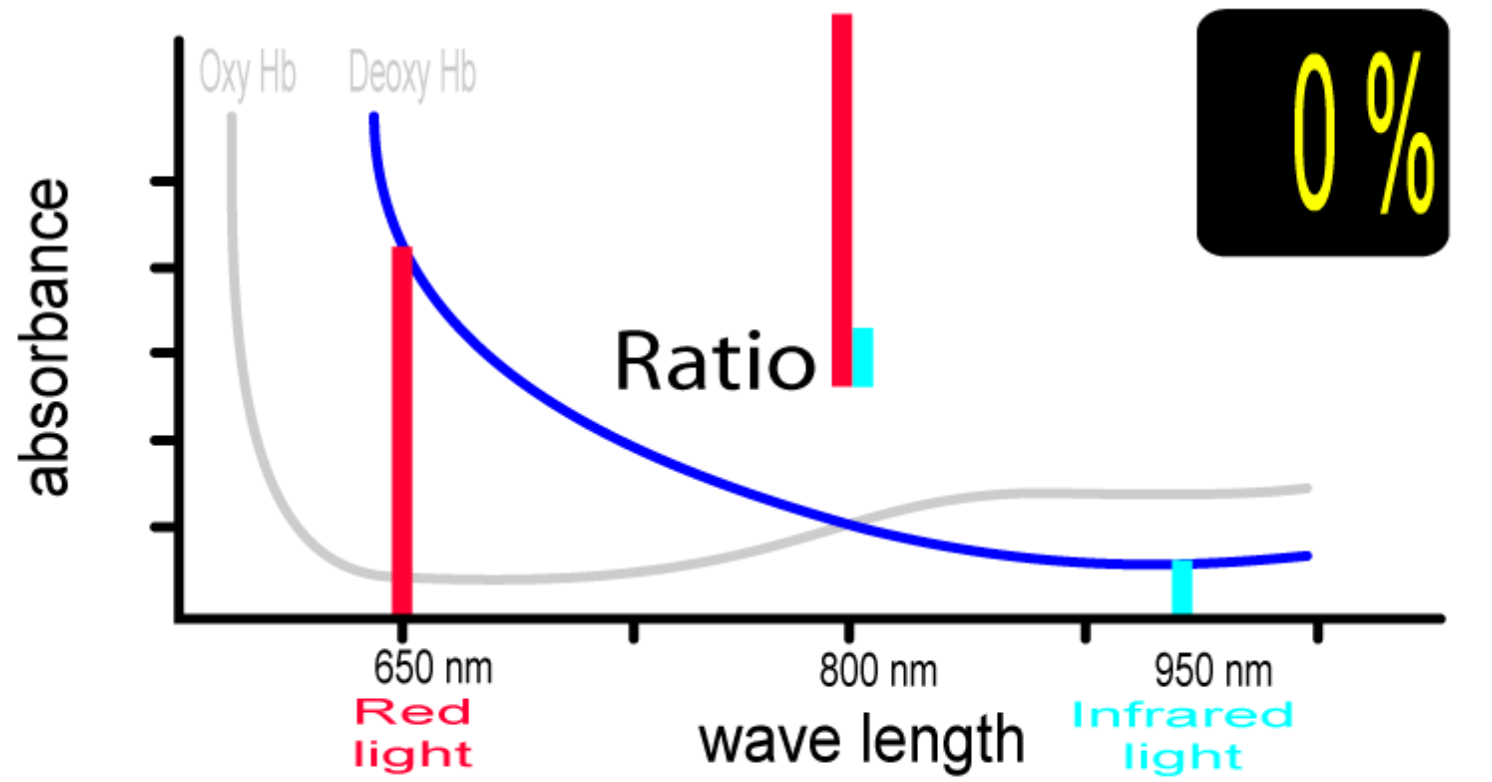
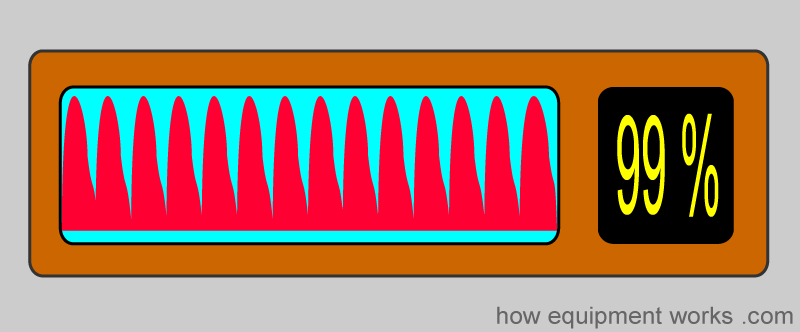
Market Survey
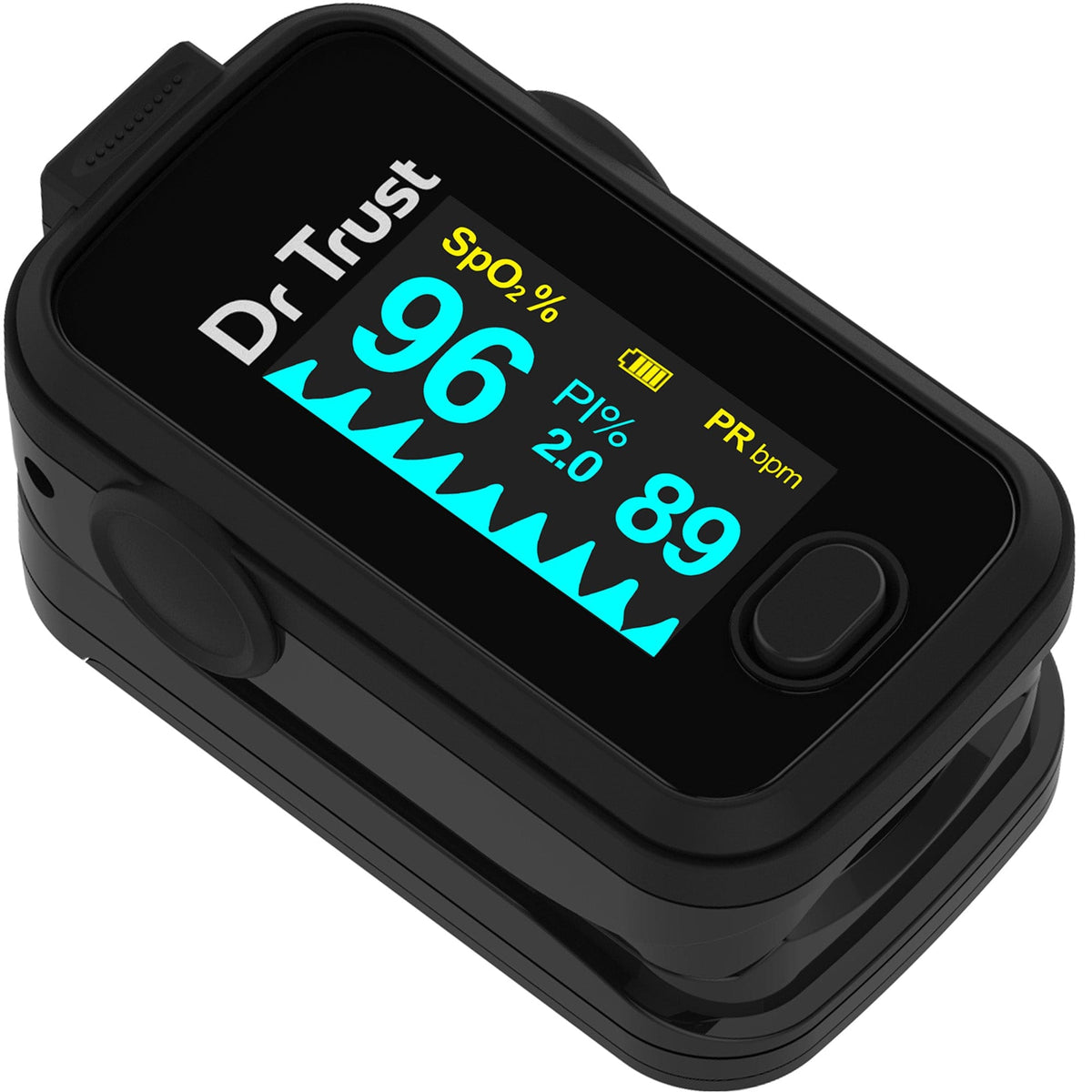
Useful Resources
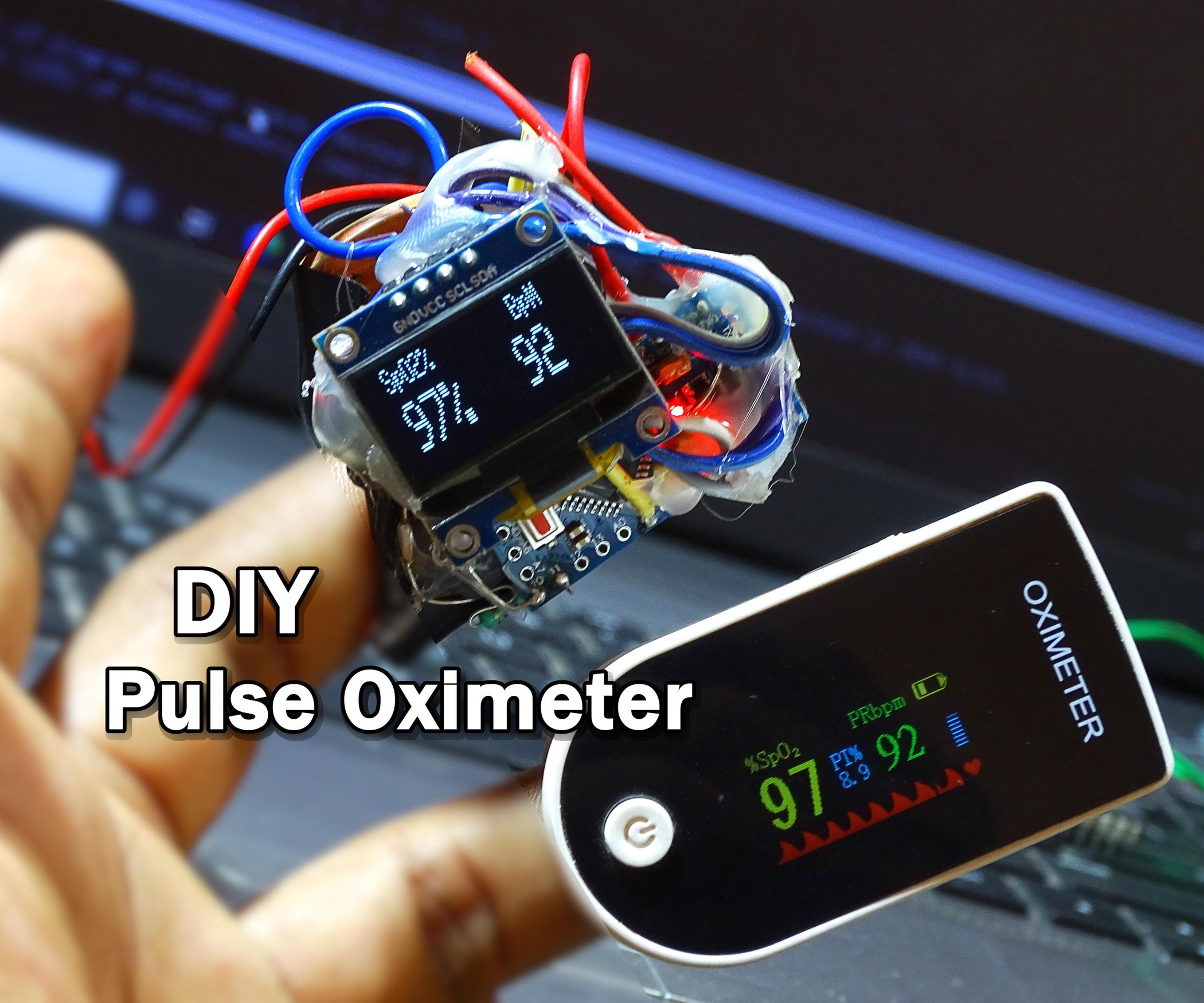

Skills Required
- PCB Design
- Circuit Simulation
- 3D Printing SLA
- ESP32 Programming
- Machining on Lathe



